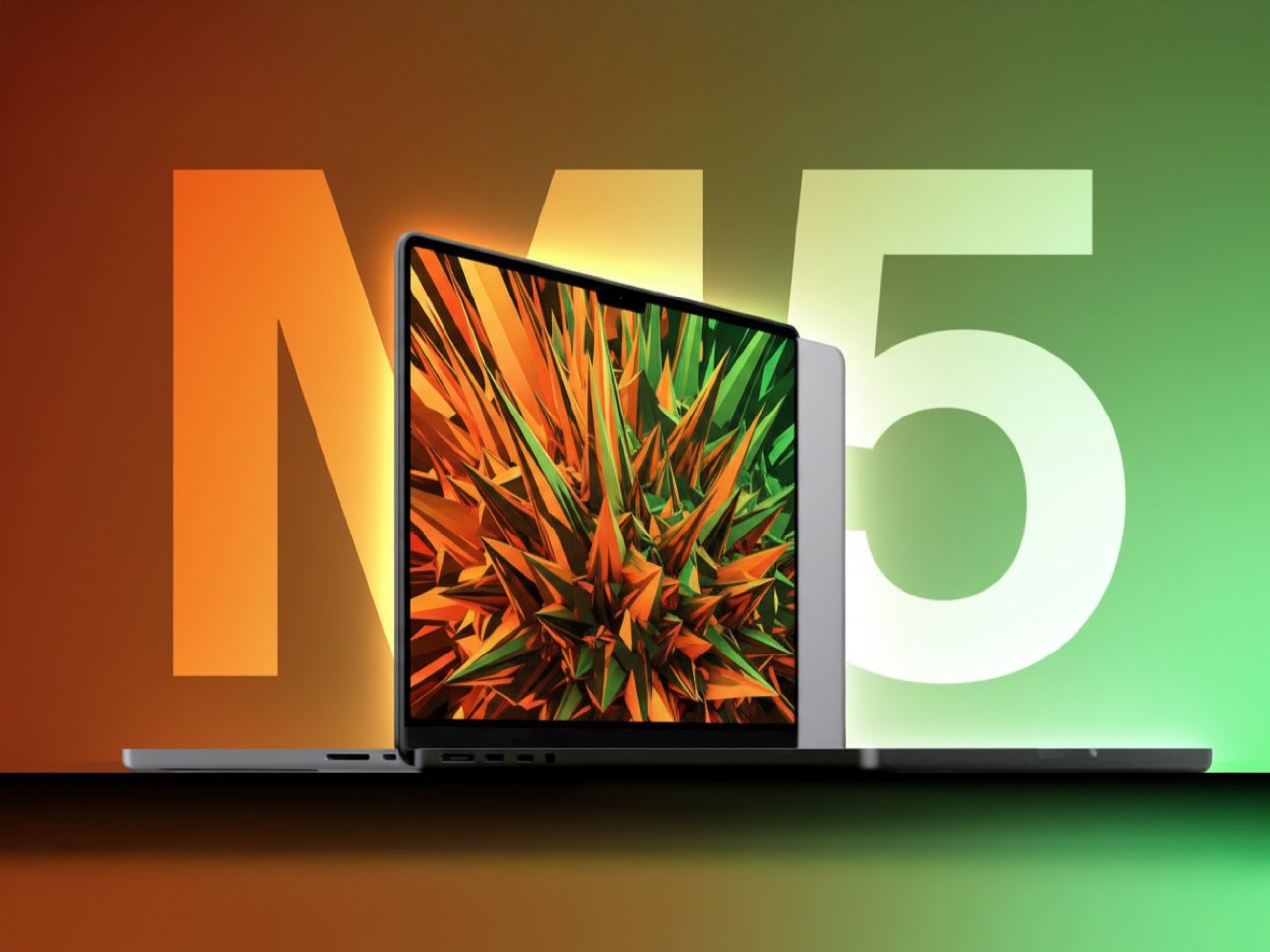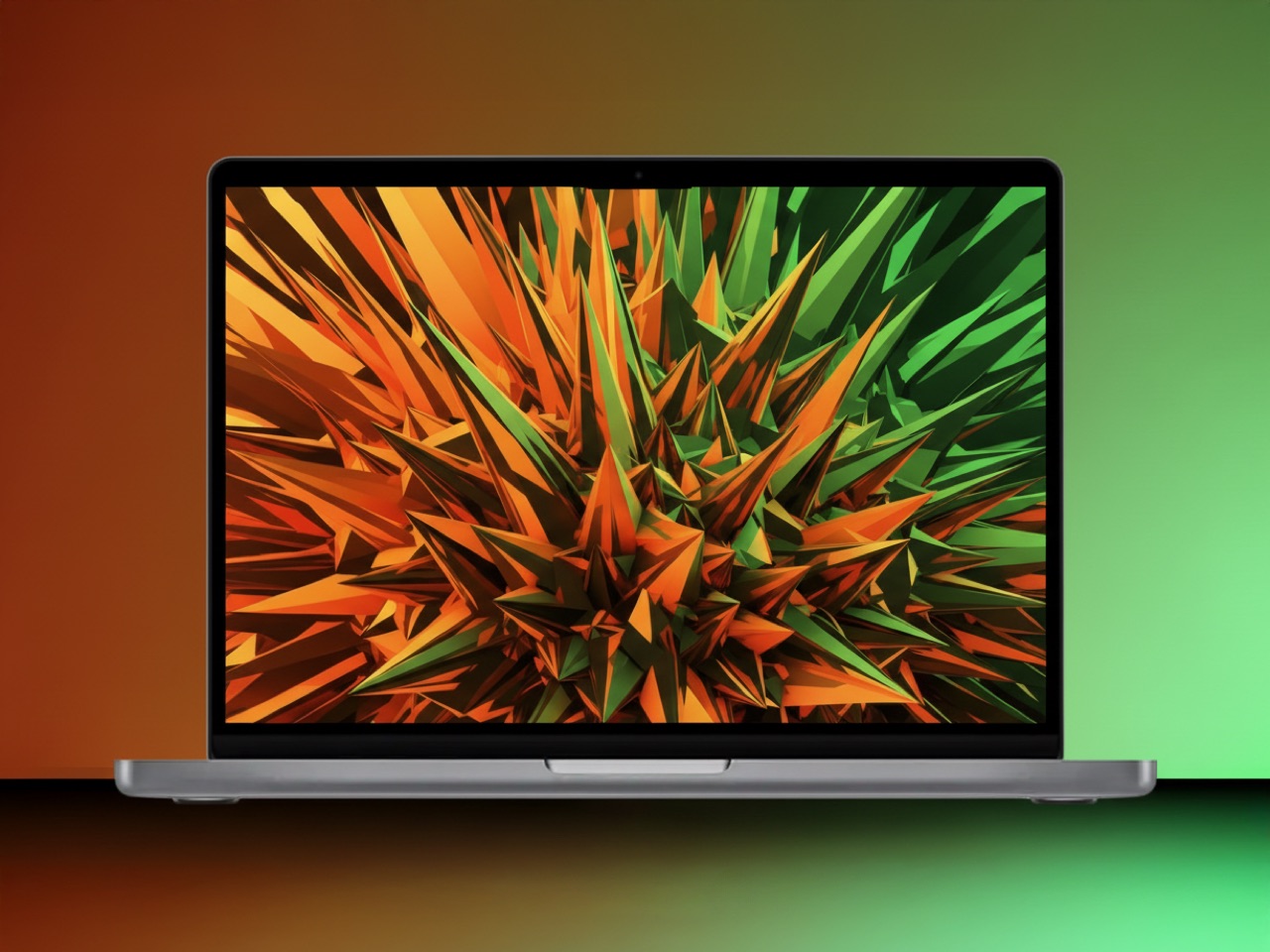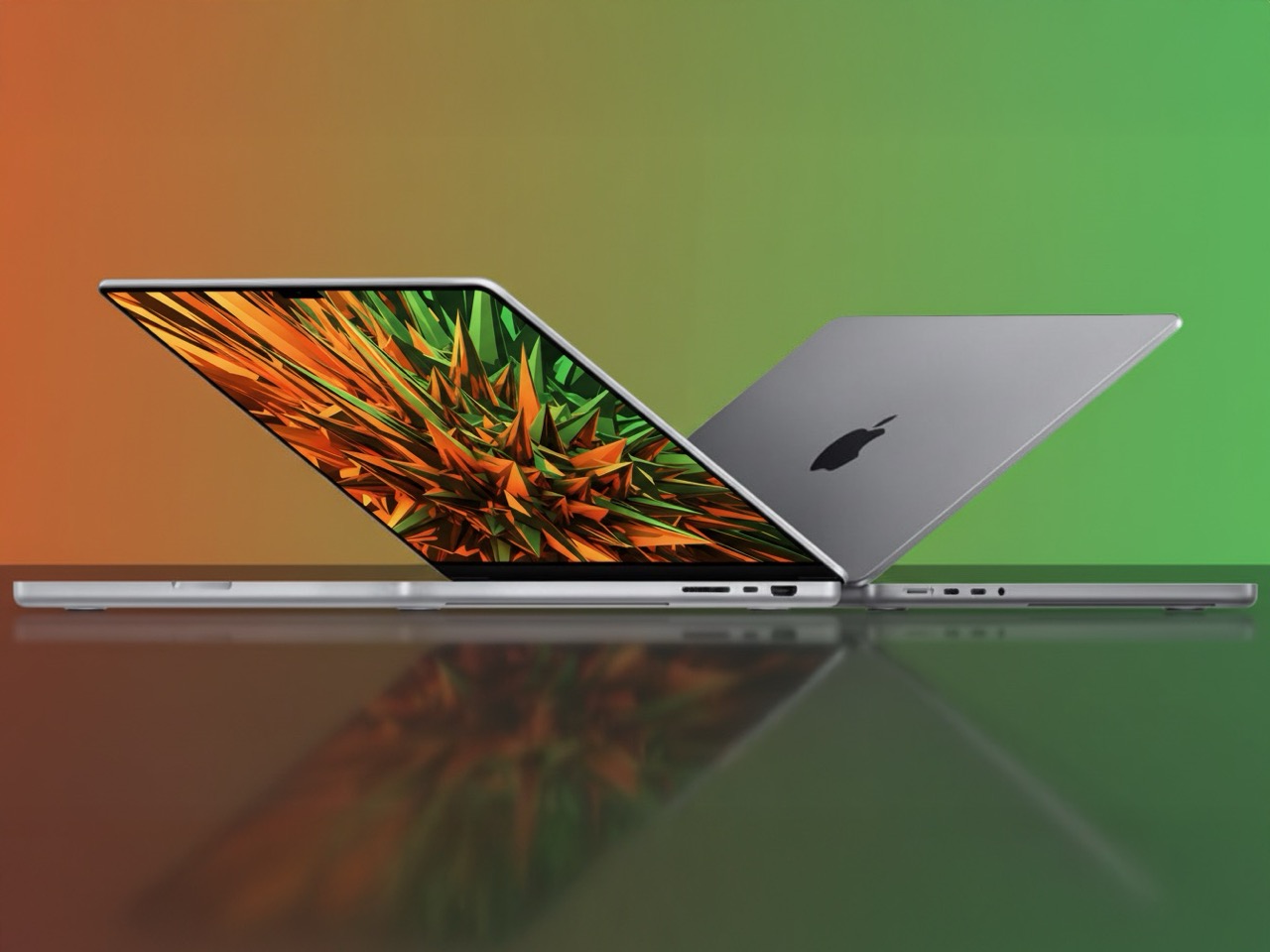
Apple’s playing coy again, but the FCC just handed us a breadcrumb trail that leads straight to the M5 MacBook Pro. While Tim Cook’s team stays radio silent on official announcements, regulatory filings have surfaced with model number A3434, a designation that doesn’t match any existing Apple laptop in their current lineup. The timing checks out perfectly with Apple’s usual product cadence, appearing just weeks before what could be a launch announcement. We’re likely looking at late 2025 or early 2026 for availability, which means the hype machine is already spinning at full throttle.
Here’s what makes this filing particularly interesting: it confirms wireless standards testing, but conspicuously leaves out Wi-Fi 7 support that’s expected to debut on the M5 iPad Pro models. Whether that’s a deliberate hardware choice, a testing limitation, or Apple segmenting features across product lines remains unclear. But it raises questions about Apple’s connectivity strategy across their M5 ecosystem, especially when the iPhone 17 already shipped with the N1 chip that enables Wi-Fi 7, Bluetooth 6, and enhanced AirDrop functionality. The inconsistency feels odd for a company that usually maintains feature parity across flagship devices.
Designer: Apple

The actual hardware refresh appears to be evolution rather than revolution. Don’t expect a dramatic redesign after the 2021 overhaul that brought back MagSafe, upgraded the display with ProMotion and mini-LED backlighting, and added back the HDMI port and SD card slot that professionals actually wanted. Apple’s sticking with that form factor, which makes sense given how well received it was after years of that questionable Touch Bar experiment. The real story lives inside the chassis with the M5 silicon, reportedly delivering a 15 to 25 percent performance bump over the M4 while improving energy efficiency. That’s the kind of generational leap that keeps Apple Silicon competitive with whatever Intel and AMD are throwing at the wall.
Apple’s planning the full spectrum of configurations with standard M5, M5 Pro, and M5 Max variants, following the established playbook. Development codenames J714 and J716 have surfaced in supply chain reports, pointing to at least two distinct MacBook Pro models in the pipeline. The M5 Max will likely pack the same ridiculous core counts we’ve come to expect, probably pushing 40 GPU cores and unified memory configurations up to 128GB for the pros running demanding workloads. Thunderbolt 5 support is expected on higher-end models, doubling bandwidth to 80 Gbps bidirectional, which matters significantly for anyone daisy-chaining multiple 8K displays or working with massive RAW video files.

The release timing breaks from Apple’s recent October pattern for MacBook Pro refreshes. Bloomberg’s Mark Gurman notes that mass production is “nearing” but not yet in full swing, suggesting a potential delay into early 2026. Apple pulled this same move with the M2 Pro and M2 Max MacBook Pros, launching them in January 2023 instead of the expected October 2022 window. Supply chain constraints, chip yields, or simply wanting to space out major product launches could all factor into the decision. The iPhone 17 launch in September already gave Apple its big moment this fall, so pushing the MacBook Pro into Q1 2026 creates another news cycle without cannibalizing holiday sales of existing M4 models.
What remains frustrating is how little has actually leaked beyond these FCC filings and vague performance estimates. No concrete benchmark scores, no detailed specifications on memory bandwidth improvements, nothing about potential changes to the Neural Engine for AI workloads. Apple’s gotten better at plugging leaks, which is great for their controlled narrative but terrible for those of us trying to make informed purchasing decisions. The M4 MacBook Pros are still relatively fresh, having launched less than a year ago, so anyone who bought in recently shouldn’t feel too burned. But if you’ve been holding out with an Intel MacBook Pro or even an M1 generation machine, the M5 refresh represents a compelling four-generation leap that will be immediately noticeable in compile times, export speeds, and battery life.
The post Apple’s M5 MacBook Pro Just Leaked Through FCC Filings, But There’s a Slight Delay first appeared on Yanko Design.
Read More . . .|
 | Tweet
| Tweet